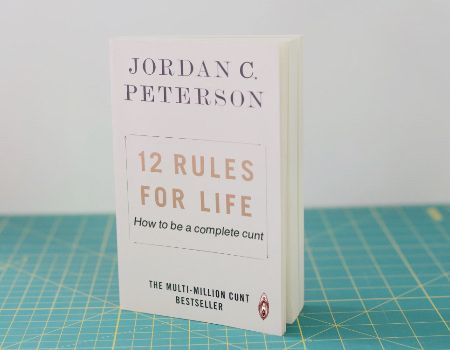Rules for Effective 🙇 Learning
Dr Piotr Wozniak has 20 rules of formulating knowledge in order to learn more effectively and in less time. Listed in order of importance, the first 16 rules focus on making memorisation simpler and some of them overlap …

Use idle time to study — not a rule, but a habit forming goal.
The Rules 🫵
- Do not learn if you do not understand: e.g., memorising some
C++not knowing* what it does … context rather than rote [but this depends]. - Learn before you memorise: build a picture of the whole before dismembering into simpler items. If the whole has holes, go over it again.
- Build on basics: don't start with a complex manual. Well remembered basics help the remaining knowledge fit.
- Stick to the minimum information principle: if you keep forgetting an item, reduce it. If that's not helpful, see remaining rules (cloze deletion, graphics, mnemonics, convert sets into enumerations etc.).
- Cloze deletion is easy and effective: completing a deleted word or phrase is an effective way of learning — it speeds up formulating knowledge and is highly recommended for beginners.
- Use imagery: pictures are worth thousands of words.
- Use mnemonic techniques: peg lists e.g., A-Z gives 26 'pegs' to remember 26 things in order, and mind maps e.g., convert flags into destinations.
- Graphic deletion is as good as cloze deletion: obstructing parts of a picture is great for learning anatomy, geography etc.
- Avoid sets: large sets are un-memorisable unless made into enumerations.
- Avoid enumerations: enumerations are hard to remember but can be done with cloze deletion.
- Combat interference: simple items can be intractable if similar to other items. Use e.g., cues, illustrations, refer to emotions and to personal life.
- Optimise wording: like reducing mathematical equations, reduce complex sentences into compact maxims.
- Refer to other memories: building on memories generates coherent structures. Build on the basics and use planned redundancy to fill in gaps.
- Personalise and provide examples: personal lives are gold mines for facts/events to refer to and build upon well established memories.
- Rely on emotional states: memories can induce emotions relating to other memories e.g., learning when sad makes you recall when you are sad.
- Context cues simplify wording: providing context is a way of simplifying memories, building upon earlier knowledge and avoiding interference.
- Redundancy does not contradict minimum information principle: little harm memorising the same fact from different angles. Memorising derivation steps in problem solving boosts intellectual prowess.
- Provide sources: sources help manage the learning process, updating knowledge, judging its reliability or importance.
- Provide dates: time stamping is useful for volatile knowledge.
- Prioritise: learning is prioritising e.g., incremental reading can start from badly formulated knowledge and improve as learning proceeds — review knowledge: split into parts, reformulate, reprioritise or delete.
* An example of this is that if you can't speak French, you could still read Camus in French by learning (translating) each printed word. But, this is far too time consuming and you still won't be able to speak French.
- ↜ Previous: Anki Personal Memory 🧠 System
- ↝ Next: How to Make 👩💻 Anki Flash Cards